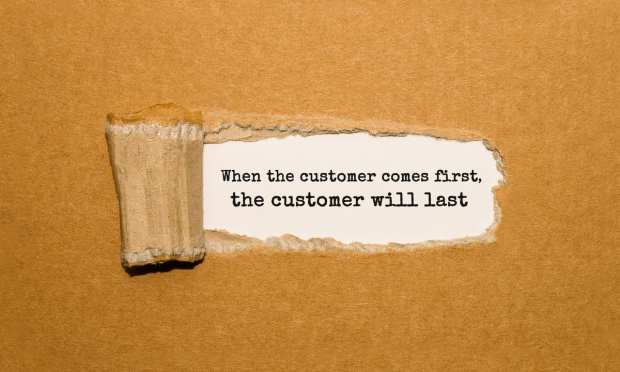Mastercard’s Jess Turner: Pandemic Aside, Consumers Call The Shots

If there’s a word that captures the state of financial services in 2020, it’s “acceleration.” Between the explosion of the digital economy driven by the pressures of the pandemic and the radical realignment of consumer preferences that has happened as a result, the year 2020 has seen digital payments accelerate at something approaching warp speed.
At Mastercard, Executive Vice President of North America Products and Innovation Jess Turner told Karen Webster in a recent discussion, the rapid acceleration has been pushed by what consumers both wanted and needed more than ever. It has also, she noted, reinforced something that Mastercard has known for a long time — the customer really is always right.
“I’ve said it forever and I’m going to keep saying it, because I believe it’s truer at the end of 2020 than it’s ever been. It’s a consumer choice, [offering] everything and anything they want,” Turner said. “We spent a lot of time within the organization talking about how things should be, and how they want them to be, but the reality is that consumers will decide how it’s going to work and if it’s going to work.”
Those customers, broadly speaking, have chosen digital and mobile — for paying, getting paid or seeking out banking services. And those shifts aren’t likely to go away, Turner said. Consumers won’t suddenly start settling for what they knew pre-COVID-19 — they are looking for a new normal equipped with speed, smoothness and above all, convenience. The challenge for payments players worldwide, as this very long year is giving way to a new one, is to build on the advances that have been laid down in 2020.
Meeting The New Digital Consumer’s Needs
Going digital, Turner noted, means different things to different people. This has meant that the year 2020 has been an all-hands-on-deck effort at Mastercard and all its partners, as they work to bring those different digital visions into fruition for their customers. A key element in that effort, she said, has been the expansion of Mastercard Send and the increasing prevalence of instant payments.
Among the things she is most proud of in 2020, Turner said, is the expansion of faster payments. The reality is that when people take out loans or have funds otherwise disbursed to them, the odds are good that they actually need that money to move quickly — and it doesn’t get much faster than instant, she said. That ability to move the funds is paired with consumers’ desire to move and control their own financial data and information. That development speaks to Mastercard’s acquisition of open banking platform Finicity.
“I think we’ll continue to expand on those use cases to help more and more people take advantage of faster payments and have more choices,” said Turner. “And we’ll continue to see how we can innovate and augment for different experiences. Things like enabling easier account acquisitions, and making it easier for consumers to move data, open a new account, send and receive funds — these are things that are really meaningful for consumers.”
Meaningful, but in some cases inaccessible to them today in a way that will be acceptable to them tomorrow. And speaking of access, Turner noted, among the more amazing things 2020 has enabled is the ability to bring previously excluded customers into the digital commerce ecosystem. This is comprised of the segment of the population that are waiting weeks and weeks for checks to clear before they can access funds. They are the “millions and millions of people who need gas money” — and who desperately need digital banking access and real-time payment options, which Mastercard Send is offering.
The Coming New Year
Mastercard remains committed to carrying on with these developments in 2021. The breakneck pace of digital acceleration may not be quite as insanely fast next year, but it is by no means shutting down, either.
And what will remain at the heart of those efforts, said Turner, will be providing consumers with choices and letting them pick what is best for them. Consumers will probably want different payments in different contexts — sometimes NFC payments, sometimes scanning a QR code or even sometimes using a card on file within their chosen merchant’s app. They will want to dine differently — sometimes in-house, but increasingly using apps to order ahead and get takeout. The commerce journey will return to the store, perhaps, but will now always be part of a larger omnichannel commerce experience.
But Mastercard, Turner noted, has been busily engaged over the last several years building toward an omnichannel future where it was available, and useful at every conceivable touchpoint. That future, she noted, showed up a bit earlier than expected but has now made itself felt like a permanent fixture.
“I don’t think those trends will go away,” said Turner. “I think people are comfortable with digital and I think they will both want to do things differently and shop differently going forward.”
And insofar as going back isn’t an option, the only way through is forward — for Mastercard and for the commerce economy on the whole. Consumers don’t care that much about the technical specifics of how they pay or shop, said Turner, but they care very much about the experience they have while doing it.
“They just want to make sure that it’s secure, understandable and easy,” she concluded. “And they want to enjoy the experience.”
